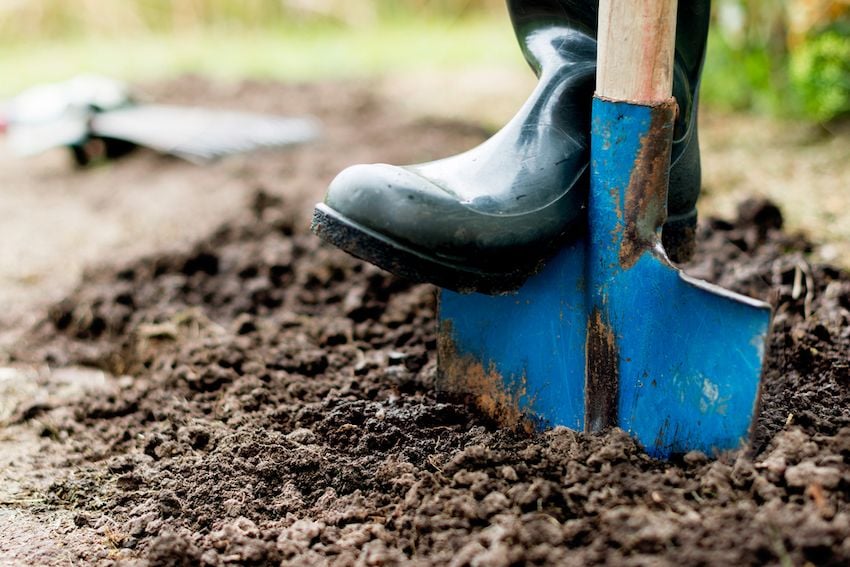Every year in April, the Common Ground Alliance (CGA) observes National Safe Digging Month. During this time, one call centers, facility owners, and locators promote safe digging practices to professional excavators and the general public.
Encouraging safe digging practices is more important than ever for telecommunications and cable companies, as telecom and cable damages have been on the rise for the last several years. Over the next five years, telecoms are expected to invest $60 billion in fiber initiatives, according to telecompetitor, so they need to act now to protect existing and new facilities.
The last thing a telecom company wants is for their facilities to be damaged due to unsafe digging practices, so it’s time to get on board with Call Before You Dig campaigns. In honor of National Safe Digging Month, here’s a look at the CGA’s best practices for public awareness and education.
Read: 5 Consequences of Fiber Cuts for Telecom Companies
10 best practices for 811 Call Before You Dig campaigns
1. Create a marketing plan
To launch an effective Call Before You Dig campaign, telecom companies need a robust marketing plan. The plan should set achievable goals and allocate the resources needed to bring objectives to fruition within a set time period.
It should include the following points:
- Target objectives
- Process for achieving goals
- Expected date of completion
- The person responsible for each objective
- Resources allocated to each goal
2. Promote 811, the national one call number
A Call Before You Dig campaign must promote 811, the national one call number, because many excavators and the general public are not aware this hotline exists. Telecoms can emphasize this message by incorporating “811 Dig Safe” messaging into their marketing plan in a variety of ways, such as:
- Including the 811 logo on websites and newsletters
- Placing the 811 logo on owner/operator vehicles and equipment
- Featuring the number on TV and radio advertisements, as well as public service announcements
- Incorporating it into billboard advertising
- Featuring the 811 logo on products and in service promotions
Related: 5 Reasons Homeowners Don’t Call 811 Before They Dig
3. Identify target audiences
Identifying target audiences (excavators, homeowners and associations, landscape companies, public officials, news media) is a must. This will allow telecom companies to craft a custom message regarding fiber optic cable damage that really resonates.
Also consider joining forces with other strategic partners to expand the campaign audiences even further. The more people who get involved, the greater the impact of the program.
4. Create structured education programs
After identifying target audiences, create structured education programs that best serve each group. Unique messaging is important because what resonates with one group might not resonate with another. For example, homeowners might not think messaging for professional excavators speaks to them.
Each group’s preferred communication method (in-person meetings, educational videos, social media) and general knowledge of the importance of damage prevention programs must be taken into account. Speaking to people in a manner in which they understand and using the communication medium they’re most comfortable with will produce the best results.
5. Send target mailings
Direct mailings can be a great way to communicate fiber cut outage issues to residents and businesses in a specific area. This can be especially useful in areas that experience higher than average no call damages.
Mailings should convey key information, including damage prevention, safety, and emergency response details those located in specific areas need to know. Consider sending inserts provided by the one call center in direct-mailed billing statements; writing newsletters for retailers like lumber yards, hardware stores, and heavy equipment sellers; or mailing brochures directly to homeowners.
6. Purchase paid advertising
An essential way to promote a Call Before You Dig campaign, paid advertising will get the message out to the masses. This can take on many different forms, such as event sponsorships, radio and television spots, and print media.
Paid advertising costs can add up fast, so it’s important to create success metrics to ensure the safe digging message is impacting the audience. For example, telecoms might track the number of first-time callers to an 811 dig safe center.
Check out: 6 Benefits of Damage Prevention for Telecoms
7. Take advantage of free media
All media messaging doesn’t cost money, so take advantage of as much free media as possible.
For example, telecom companies could create and distribute a press release that highlights the need to check for buried fiber optic cable before starting the digging process. Public service announcements are another option, as television and radio stations, along with billboard companies, are sometimes willing to donate airtime or space for safety-related messages that benefit the general public.
Additionally, state and local governments might assist by publicly supporting a campaign, promoting it on highway message boards, and featuring it in community newsletters.
8. Give freebies
People love giveaways, so use this to reach target audiences and keep fiber cut prevention on their minds. This might include giving away items like notepads, pens, and magnets with “Call 811” messaging at safety meetings, sponsored events, and trade shows.
9. Establish strategic relationships
Who you know can affect the success of a campaign. Putting in the time and effort to develop strategic relationships with people at government agencies, emergency responders, media outlets, and grassroots organizations can help maximize the spread of your message.
Having these relationships in place before launching a campaign can make a world of difference, so constantly work to curate new contacts.
10. Measure success
A Call Before You Dig campaign is only a success if it resonates with people, so it’s important to gauge its effectiveness. This can be accomplished in a variety of ways, such as conducting surveys via direct mail or telephone, using Arbitron (now Nielsen Audio) Areas of Dominant Influence to measure volume increases to one call centers, or collecting and tracking individual or collective facility owners and operators damage information on a yearly basis.
Launching a Call Before You Dig campaign requires a great deal of time and commitment, but the benefits can be great. Telecom companies should invest the resources needed to do it right, so they can increase public awareness of safe digging practices and reduce damages to their facilities.
Up next: 4 Causes for Excavation Accidents and How to Prevent Them

